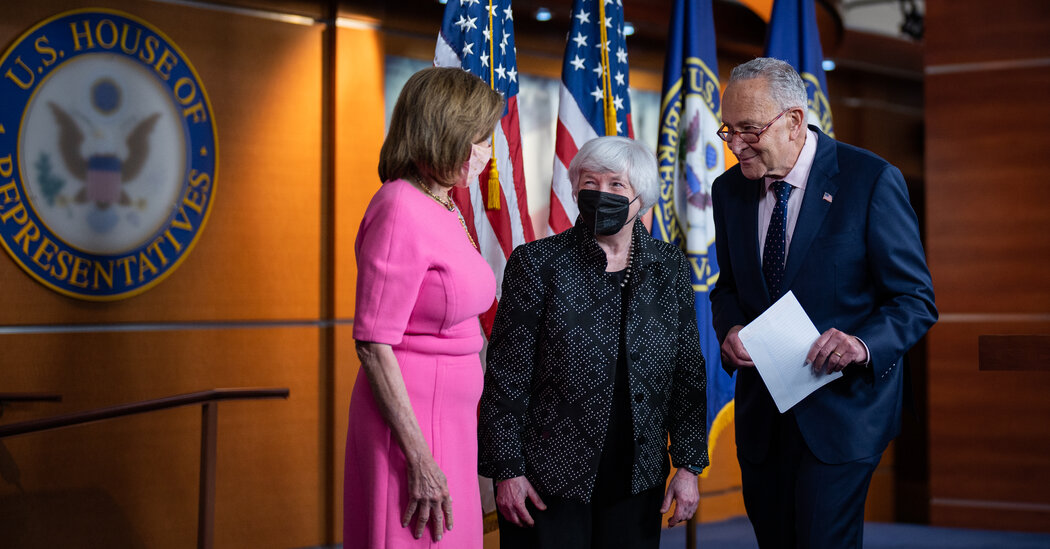
Ms. Yellen’s task has been complicated by the fact that while she can readily convey the economic risks of default, the debt limit has become wrapped up in a larger partisan battle over Mr. Biden’s entire agenda, including the $3.5 trillion spending bill.
Republicans, including Mr. McConnell, have insisted that if Democrats want to pass a big spending bill, then they should bear responsibility for raising the borrowing limit. Democrats call that position nonsense, noting that the debt limit needs to be raised because of spending that lawmakers, including Republicans, have already approved.
“This seems to be some sort of high-stakes partisan poker on Capitol Hill, and that’s not what her background is,” said David Wessel, a senior economic fellow at the Brookings Institution who worked with Ms. Yellen at Brookings.
While lawmakers squabble on Capitol Hill, Ms. Yellen’s team at Treasury has been trying to buy as much time as possible. After a two-year suspension of the statutory debt limit expired at the end of July, Ms. Yellen has been employing an array of fiscal accounting tools known as “extraordinary measures” to stave off a default.
Uncertainty over the debt limit has yet to spook markets, but Ms. Yellen is receiving briefings multiple times a week by career staff on the state of the nation’s finances. They are keeping her informed about the use of extraordinary measures, such as suspending investments of the Exchange Stabilization Fund and suspending the issuing of new securities for the Civil Service Retirement and Disability Fund, and carefully reviewing Treasury’s cash balance. Because corporate tax receipts are coming in stronger than expected, the debt limit might not be breached until mid- to late October, Ms. Yellen has told lawmakers.
A Treasury spokeswoman said that Ms. Yellen is not considering fallback plans such as prioritizing debt payments if Congress fails to act, explaining that the only way for the government to address the debt ceiling is for lawmakers to raise or suspend the limit. However, she has reviewed some of the ideas that were developed by Treasury during the debt limit standoff of 2011, when partisan brinkmanship brought the nation to the cusp of default.
A new report from the Bipartisan Policy Center underscored the fact that if Congress fails to address the debt limit, Ms. Yellen will be left with no good options. If the true deadline is Oct. 15, for example, the Treasury Department would be approximately $265 billion short of paying all of its bills through mid-November. About 40 percent of the funds that are owed would go unpaid.



